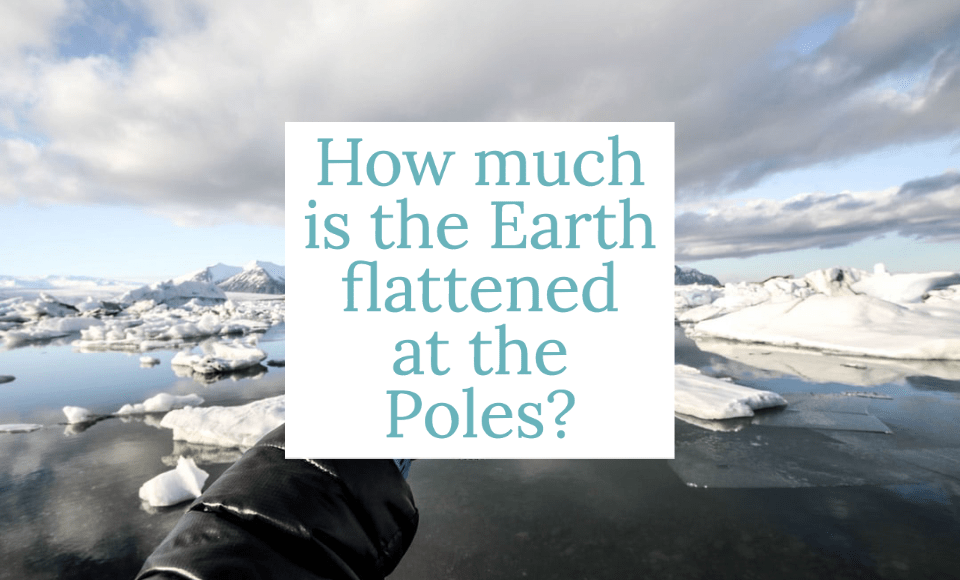Contrary to what most early astronomers and geodesist from the ancient past, our planet is not a perfect sphere. But, thanks to advancements in astronomy and geodesy (the branch of mathematics governing the shape and area of the Earth) during the 17th and 18th centuries, they were able to infer that the planet is actually flattened at the poles.
Earth shape is an oblate spheroid or oblate ellipsoid, making it stretch wider at its horizontal axis compared to its vertical axis, making it flat at the poles. However, it is not caused by the poles themselves. Instead, scientists regard two different forces that are combining to stretch the planet along its equator.
As Earth continues to spin, points situated on the equator have to travel nearly 1000 miles per hour to finish one revolution in a day. While it rotates that much, points on the poles hardly move at all. Thus, producing centrifugal force in immense amounts along the equator but relatively smaller around the poles. This scenario then causes the planet’s extension on the equator but leaving the poles unmoved. The same situation happens to other planets in the Solar System with faster rotations, such as Jupiter and Saturn.
The next force that causes the flattening of the poles is the same energy that brings the tides: the gravitational pull of the Sun and the Moon. Taking the bodies’ relative positions in space, the force of gravity from the Sun and Moon constantly centers about 23.5 degrees of our planet’s equator, causing it to be seemingly pulled from Earth’s center.
With that, Earth poles are flattened at around 0.0033528 at the poles, resulting in varying diameters of the planet. Earth’s diameter in the equator is approximately 27 miles or 43 kilometers larger than the diameter from pole to pole. Based on the recent measurements, the equatorial diameter of the Earth is 7926 miles or 12,756 kilometers compared to the polar diameter of only 7899 miles or 12713 kilometers.
To make things simple, places situated on the equator are around 13 miles or 21 kilometers farther from Earth’s geocenter compared to sites situated at the poles. However, differences in topography may alter these distances and make a location closer or farther from the geocenter of the planet compared to other areas lying in the same region.
For instance, Mt. Everest, which is 29,029 feet or 8,848 meters above sea level is farther from Earth’s geocenter. Mariana Trench, the deepest place on the planet, at 35,797 feet or 10,911 meters is closer. While they are seemingly significant figures, they only result in a relatively small variation when taking Earth’s massive shape, only less than 0.17%.
When there is a discrepancy in a body’s diameter, scientists and astronomers used averages to get a mean diameter. Adding the equatorial and polar diameters and dividing it to half will get the result. Thus, Earth’s diameter is roughly 7917.5 miles or 12,742 kilometers.
The variation in the planet’s diameter has become very useful in planning the satellite orbits, launching space expeditions, and even circumnavigating Earth. It will be quicker to travel around Antarctica or the Arctic, than circling the equator, benefitting sailors, and even pilots on their path.
More Readings:
Flattening (Wikipedia)
Related Posts:
-
- How was it proven that the Earth is round and not flat?
- What is the weight of the planet Earth? Is it constant or increasing?
- How do scientists know that a rock is from space and not of earthly origin?
- What are the principal layers of the atmosphere of Earth?
- Why is the center of the Earth still hot?
